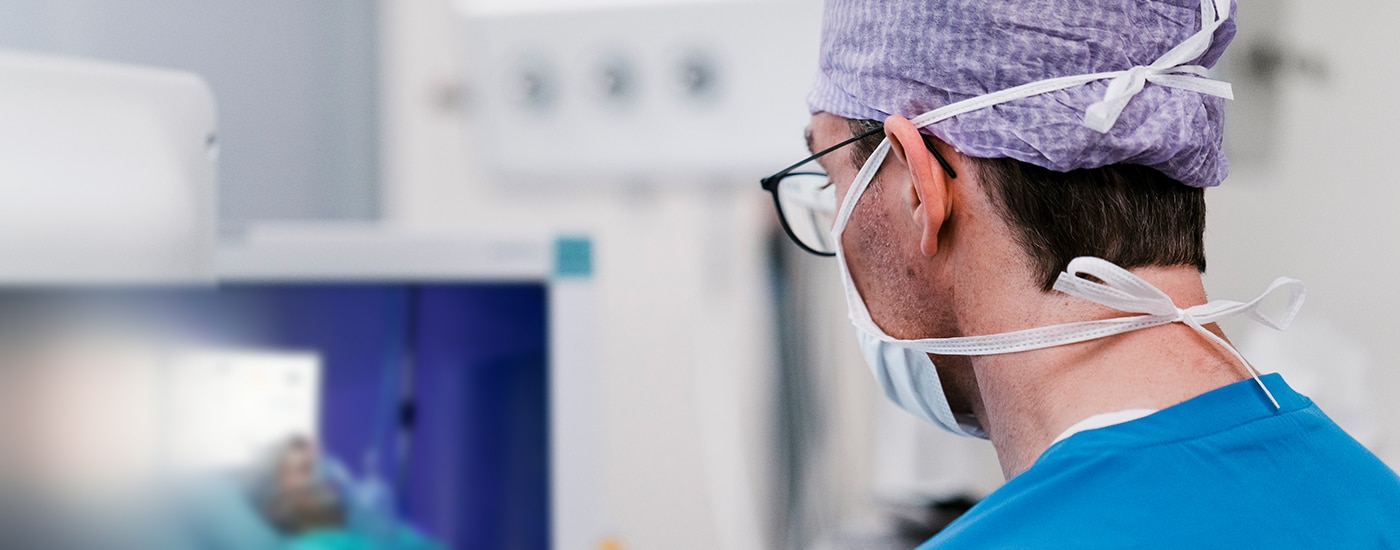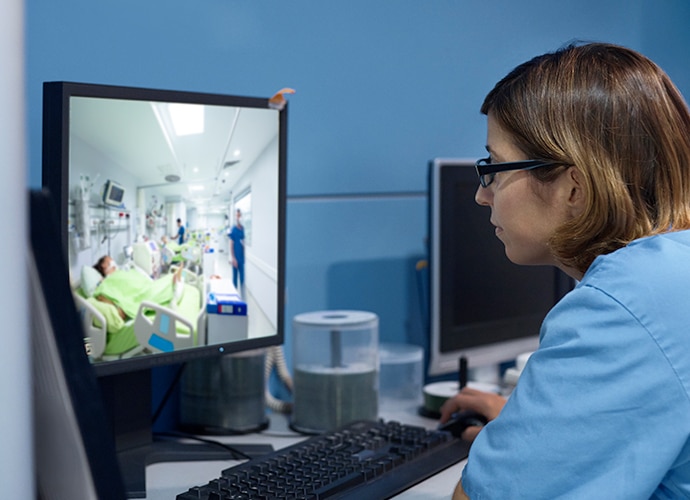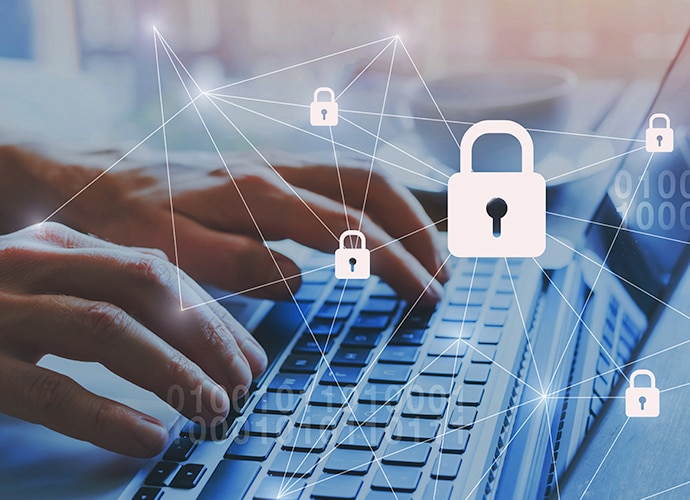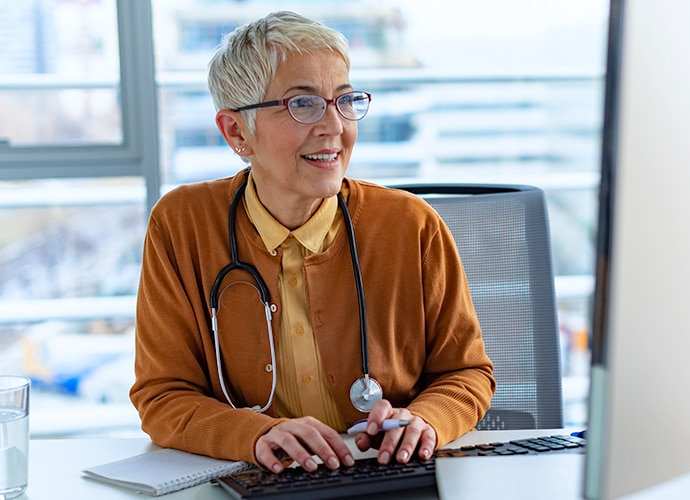
The benefits of remote patient monitoring
The global COVID-19 pandemic triggered dramatic changes in hospitals’ working practices, especially strategies for treating and caring for high-risk patients. In response, hospitals are increasingly using digital-imaging platforms that integrate with hospital networks, enabling staff to monitor multiple patients remotely.
Optimizing critical-care strategies
The global coronavirus crisis saw even the best-equipped hospitals facing unprecedented challenges. The critical care needs of high-risk patients stretched hospital infrastructures to the limit, with ventilators, vital signs monitors, and other essential equipment in short supply. Consultants and nursing teams faced the dual challenges of dealing with increased patient numbers while adopting working practices that minimize infection risks between patients and staff.


Fingertip access to real-time medical information
Remote monitoring opens up new opportunities for clinical teams to assess patients’ condition without the need to be physically present in the same room at all times.
Advances in digital technology have made it feasible to stream High Definition video—captured by remotely controlled cameras in the care ward—securely across hospitals’ standard IT networks, in real time.
Combined with solutions that can stream patient information and video from other equipment, this allows nursing staff to assess the condition of high-risk patient via a networked PC, tablet device, or dedicated display from anywhere on the hospital campus.
Remote monitoring: how it works
Remote monitoring solutions typically feature one or more cameras, capturing round-the-clock video of high-risk patients in either the Intensive Care Unit (ICU) or a temporarily re-purposed Operating Room (OR) space. In this environment, a remotely operated camera offers obvious benefits, with no need for the physical presence of a human operator to adjust the camera’s field of view and other settings. Staff can view both the patient and their health-related information in the room remotely.
Even without dedicated video cabling being installed, solutions such as Sony’s NUCLeUS™ system, paired with Sony’s 4K PTZ cameras SRG-X120 and SRG-X400, can carry digitized video plus audio and other signals over an IP network. In a nurse’s office—or anywhere else on the hospital site—this video stream can be viewed via a browser on an authorized PC and iPad or on a large-screen display.


Supplementing traditional care skills
Video monitoring is not intended to replace the expert skills of the nursing staff. What it can provide, however, is an opportunity for nurses to extend quality care to a larger number of patients. Equally, ease of use is a key requirement of remote monitoring solutions in critical-care environments where the focus remains on the patient at all times. Remote monitoring doesn’t impose any additional tasks on nursing staff: the system is effectively “transparent” from the user’s perspective, with no need to operate complex additional equipment or require additional cabling.
Assuring patient security
Any monitoring solution that involves the sharing of video and confidential patient information over IT networks raises obvious concerns about data security and confidentiality. Dedicated systems such as NUCLeUS address this directly, demonstrating the best industry practices with powerful encryption to safeguard streaming video and other data against unwanted viewing or interception.


Easing staff workload challenges
The introduction of remote patient monitoring allows hospitals to manage clinical teams’ busy workloads more efficiently. One staff member can assess several patients by video, with less time spent walking between beds on a large ward, or covering several different wards on their rounds.
Just as importantly, reduction in physical contact time between clinicians and patients can significantly reduce infection risks and the constant need for staff to don and doff Personal Protective Equipment that may be in limited supply.
Extending remote monitoring beyond the OR and ICU
The applications of video-based remote patient monitoring extend beyond the immediate needs of the COVID-19 crisis. It is equally relevant in environments such as elderly care wards, where a single member of nursing staff is typically responsible for the care of a large number of patients.
